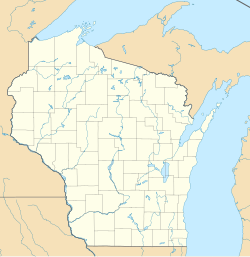Appleton Lock 4 Historic District | |
 Lock 4 | |
| Location | Fox River at John St. in Appleton, Wisconsin |
|---|---|
| NRHP reference No. | 93001329 |
| Added to NRHP | December 7, 1993 |
Appleton Lock 4 Historic District is a historic district containing a 1907-built waterway lock in Appleton, Wisconsin. It was added to the National Register of Historic Places in 1993 for its significance in engineering and transport. [1] [2]

